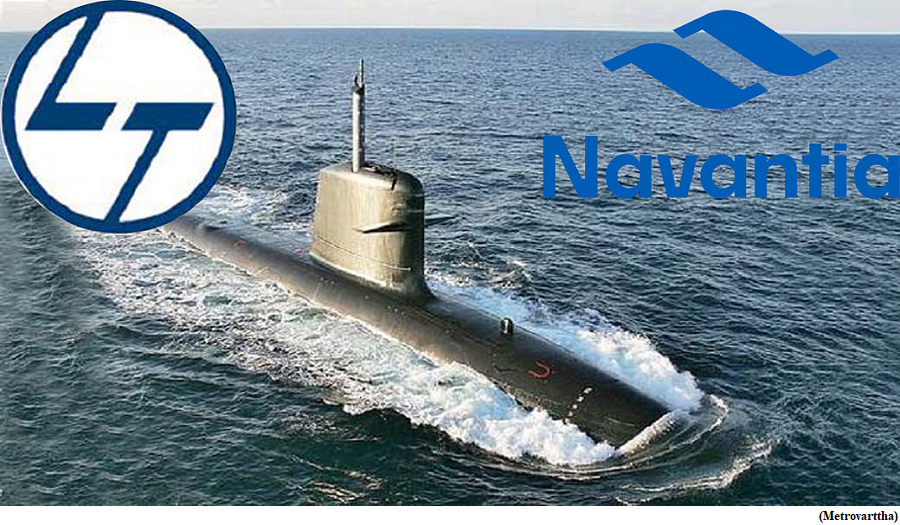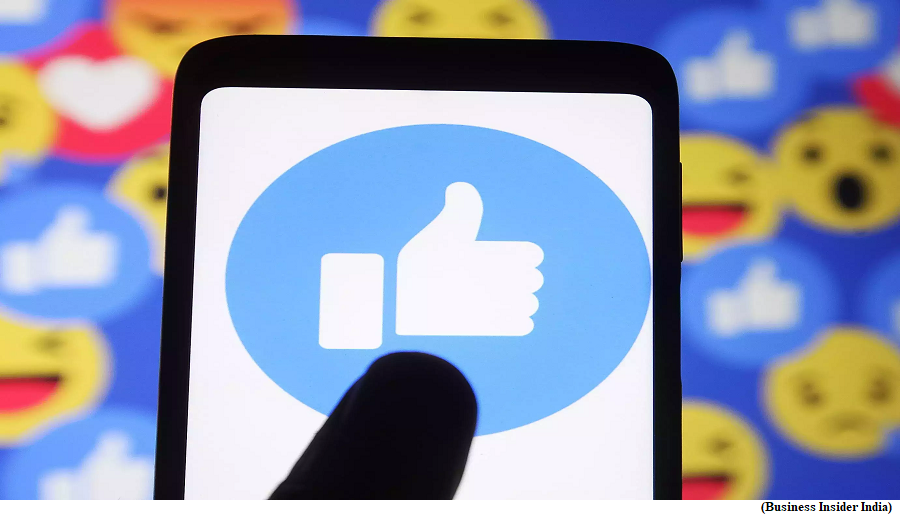Larsen and Toubro and Navantia join hands to bid for Indian Navy top submarine programme (GS Paper 3, Defence)

Why in news?
- Indian conglomerate Larsen & Toubro (L&T) and Spain's Navantia have joined hands to submit a combined bid for India's highly coveted Project 75 (I) submarine programme.
- Earlier, Defence PSU Mazagon Dock and Germany's Thyssenkrupp Marine Systems signed a MoU to bid for the project.
Indian Navy's Project 75 (I):
- The Indian Navy's Project 75 (I) is an endeavour that requires the indigenous production of six conventional submarines equipped with Air-Independent Propulsion (AIP).
- The project, expected to exceed $5.2 billion in value, represents India's largest defence acquisition programme to date.
- It will be executed under the strategic partnership (SP) model of the Ministry of Defence, emphasising collaboration between Indian and foreign entities.
Navantia's expertise:
- Under the terms of the agreement, Navantia, drawing from its experience in submarine design, including the S80 class and Scorpène class submarines, will spearhead the design phase for the P75(I) submarines.
- Navantia's S80 class submarines, the first of which is set for delivery to the Spanish Navy at the end of 2023, have already undergone successful sea trials.
- It has previously partnered with DCNS (now Naval Group) of France in the design and construction of Scorpène class submarines, which have been exported to Chile and Malaysia.
Can a thumbs up emoji signal agreement to a legal contract?
(GS Paper 2, International Relation)
Why in news?
- A Canadian court has recently ruled that a thumbs-up emoji sent as a text message can be interpreted as consent to a contract, in what is being seen as an unusual case, with courts deciding on the meaning of emojis that are now liberally used in daily online conversations.

What are Emojis?
- An emoji is a visual representation of an emotion, object, or symbol. Emojis were created by Japanese artist Shigetaka Kurita in 1999 and then hailed as a “new-era hieroglyphic language”.
- The word emoji is made up of two Japanese words e (“picture”) and moji (“character”).
What was the case about?
- The case here involved people from two companies, South West Terminal Ltd. (SWT) and Achter Land & Cattle Ltd., who had done business with each other in the past. SWT sued Achter, a farming company, for a breach of contract and an alleged failure on their part to deliver 87 tonnes of flax, a variety of seeds.
- The buyer from SWT, Kent Mikleborough, spoke with farmer Chris Achter on the phone and texted a picture of a contract to deliver the flax later, asking the farmer to “please confirm flax contract” in the message, The Guardian reported. Achter replied to this photo with a thumbs-up emoji. When it came time for the goods’ delivery, they never reached SWT.
- However, Achter claimed that they never agreed to the contract in the first place. The court ruled in SWT’s favour, asking Achter to pay $61,442.
What precedent might this set for the future?
- The court added that going beyond this case, one involving the interpretation of a simple emoji to signify assent and acceptance, the exercise would “open up the flood gates to allow all sorts of cases coming forward asking for interpretations as to what various different emojis mean.”
Case in Israel:
- In a similar case of consent to contract, in 2017, a couple in Israel was charged thousands of dollars in fees after a court ruled that their use of emoji to a landlord signalled an intent to rent his apartment.
- They had sent the landlord a text with emojis of a champagne bottle, a squirrel, and a comet, but later stopped responding to the landlord’s texts. The emojis used here attested to their confirmation.
Global scenario:
- They cited a recent survey that said court cases relating to emojis in the United States have been growing exponentially, particularly in sexual predation, employment discrimination and murder cases.
- In their review of emoji-related cases across the US, China, Israel and a few other countries, it was found that the sender’s and recipient’s various perceptions of what an emoji means could be a result of different platforms (the apps or websites used as each one has a variation on their emojis), including devices, operating systems and software programs.
- In another case in China, a person sent a WeChat message to someone else about the exact amount of money that they owed him, who then responded with the okay emoji. At trial, it was then claimed that this emoji did not signal a recognition of the message’s contents.
Conclusion:
- Given the range of emojis now available to users, and their variations across platforms, the change in their perception across cultures, age groups and contexts, disputes are likely to keep arising over time.



